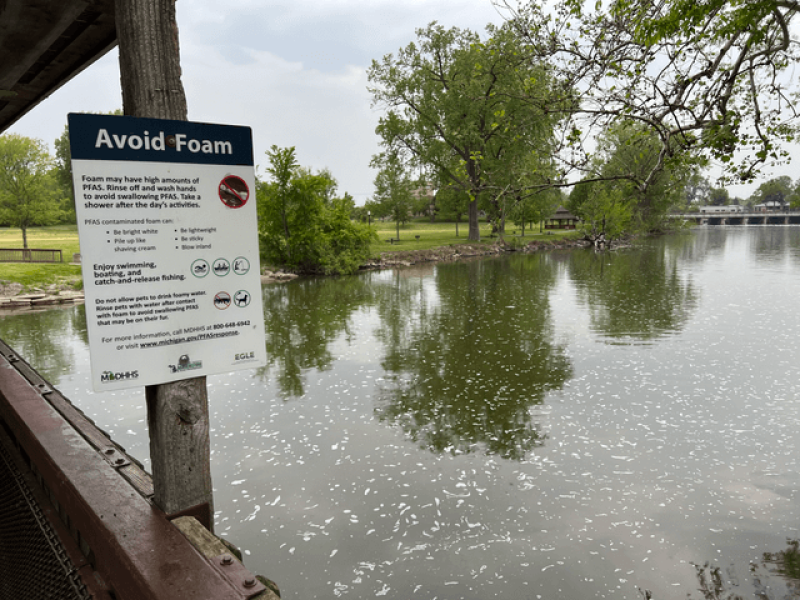3M has agreed to pay out $10.3 billion in settlement payments in response to lawsuits claiming that their per- and polyfluoroalkyl substances, or PFAS, contaminated drinking water. The funds are supposed to be used to filter PFAS from water supplies where it has been detected, and test for other sites of contamination.
The Federal Drug Administration has continuously approved both drugs and devices that contain PFAS. Most people don’t seem to know that the medical community is heavily reliant on products using PFAS for the production of medical implants like vascular grafts, stent grafts, surgical meshes, catheter tubes and wiring, as well as heart patches.
…
For semiconductors, manufacturers say PFAS are a vital part of the production process, primarily because of their chemical resistance and surface tension-lowering properties. This makes the chips durable and resistant to liquids and erosion. Efforts to ban PFAS outright from all consumer products, like has been suggested in Maine, may seriously jeopardize chip manufacturing and ultimately make the chip shortage much worse before it gets better.
This is where the PFAS debate gets geopolitical. You have states like Maine looking to ban PFAS, while the federal government is promoting domestic microchip production.
…
While protecting drinking water is a noble goal, and one worth pursuing, legislators must not sacrifice key medical necessities and semiconductor production in the process. Doing so would do far more harm than good.































